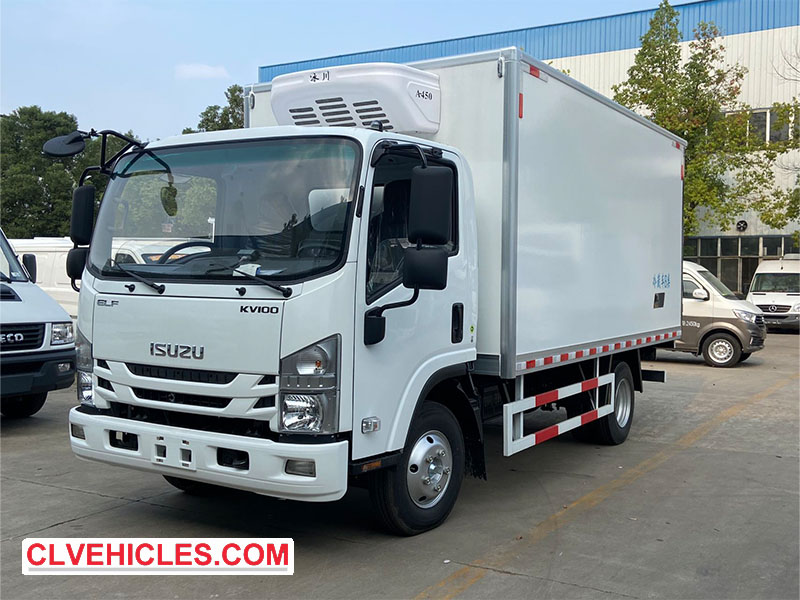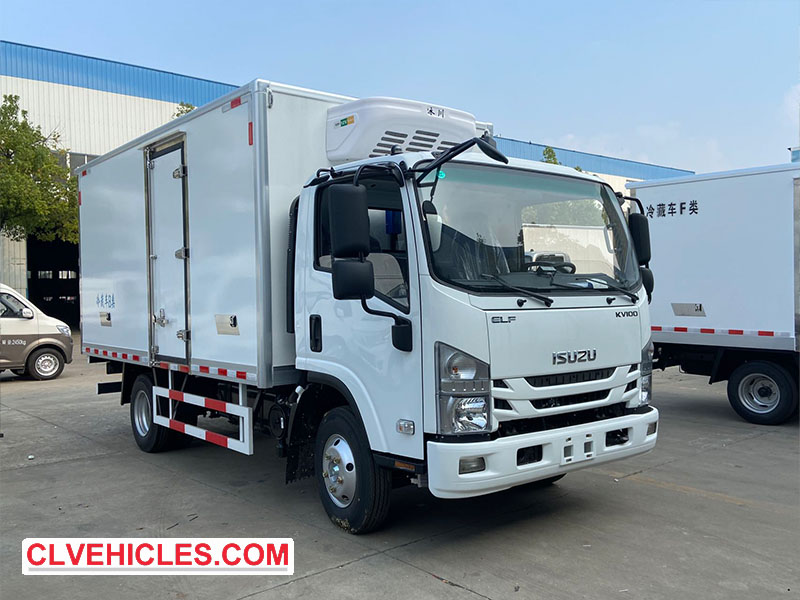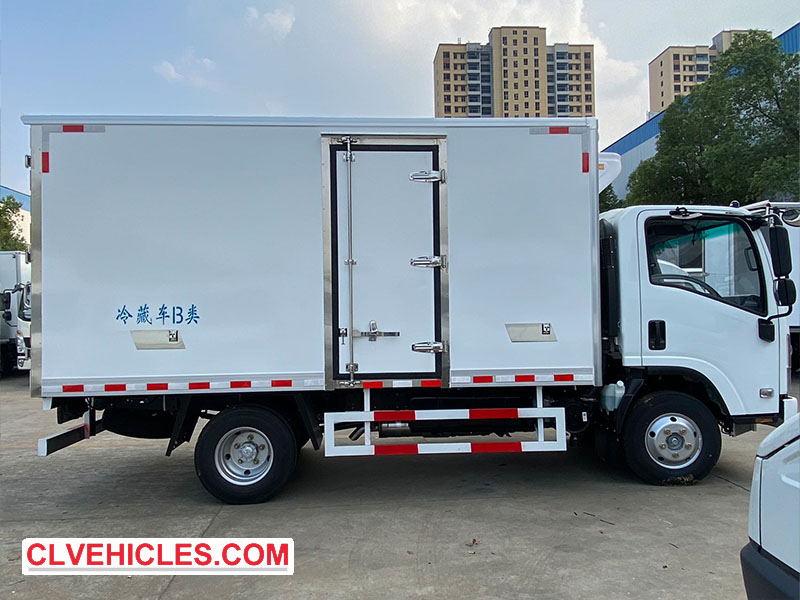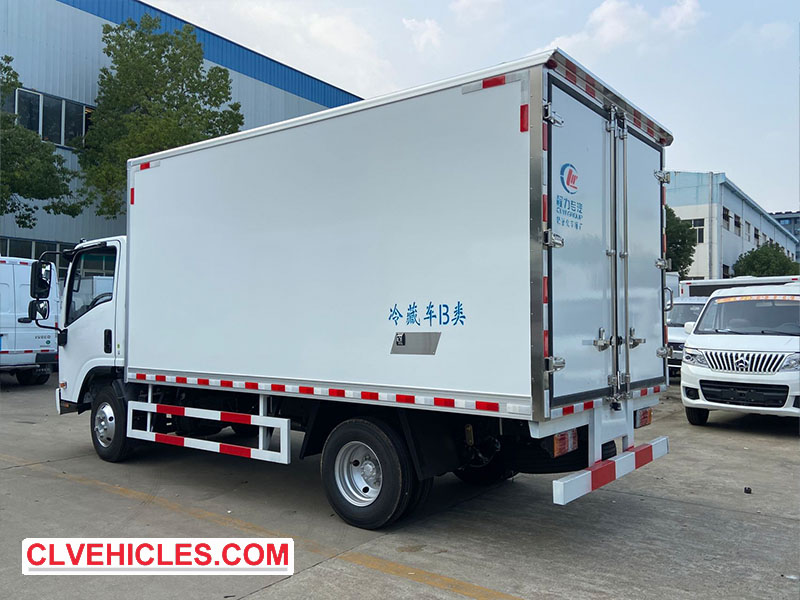O QUE VOCÊ ESTÁ PROCURANDO?
Com o aumento das temperaturas e o rápido desenvolvimento da logística da cadeia fria, caminhões refrigerados estão se tornando cada vez mais importantes no mercado atual. A escolha do caminhão refrigerado certo exige uma análise cuidadosa de três componentes principais: chassi, compartimento refrigerado e unidade de refrigeração, cada um dos quais é essencial para garantir que o veículo tenha o desempenho ideal para suas necessidades específicas de transporte.

Seleção de chassis: a base dos caminhões frigoríficos
O chassi é a espinha dorsal dos caminhões refrigerados, e sua seleção se baseia principalmente na capacidade de carga e na distância de transporte. Os chassis de caminhões leves são ideais para o transporte de curta distância, enquanto os chassis pesados ou semirreboques são mais adequados para o transporte de média e longa distância com cargas mais pesadas. Os compradores se deparam com a escolha de adquirir o chassi por conta própria ou confiar a compra ao fabricante do caminhão refrigerado. Ao contrário da crença popular, os fabricantes geralmente obtêm preços melhores estabelecendo boas relações de cooperação com os fornecedores de chassis, garantindo também a melhor compatibilidade de modificações. Essa abordagem profissional geralmente proporciona uma solução de chassi mais adequada e econômica para a produção de caminhões refrigerados. Aqui, recomendamos o chassi da ISUZU.

Compartimento refrigerado: adaptado às suas necessidades de carga
Os compartimentos refrigerados precisam ser cuidadosamente configurados de acordo com as características específicas da carga. Modificações especiais incluem ganchos de aço inoxidável para transporte de carne fresca, passarelas com piso ventilado para itens longos e finos ou projetos multifuncionais para operações frequentes de carga e descarga. Embora alguns considerem a conversão de contêineres de carga padrão em unidades refrigeradas para economizar custos, essa abordagem se mostrou indesejável. Os contêineres padrão geralmente são feitos de ferro ou aço, têm isolamento inadequado e são propensos à ferrugem, tornando-os fundamentalmente inadequados para aplicações confiáveis de cadeia fria. Compartimentos refrigerados especializados utilizam materiais de isolamento e projetos estruturais adequados para manter temperaturas constantes e evitar contaminação.

Unidades de refrigeração: o coração do controle de temperatura
Selecionar a unidade de refrigeração correta requer a consideração de três fatores principais: configuração de energia, faixa de temperatura e local de fabricação. Unidades dependentes são econômicas e adequadas para entregas de curta distância (dentro de 7 metros), acionadas pelo motor do veículo, mas carecem de estabilidade de desempenho. Unidades autônomas são equipadas com motores e geradores dedicados para fornecer resfriamento confiável e não são afetadas pela operação do veículo, o que é crítico para transporte de longa distância de mais de 7 metros. Os requisitos de temperatura determinam a escolha entre unidades de congelamento profundo (temperatura mais baixa, custo mais alto) e unidades de conservação de alimentos frescos (resfriamento moderado, econômico), enquanto o orçamento e as expectativas de desempenho determinam se deve escolher unidades importadas (excelente desempenho) ou unidades nacionais (econômicas). Unidades importadas são particularmente boas no controle preciso de temperatura, especialmente para aplicações exigentes, como transporte refrigerado de semirreboques.

Ao avaliar cuidadosamente esses três componentes básicos com base em suas necessidades específicas de transporte, características da carga e orçamento operacional, você pode escolher uma solução de caminhão refrigerado que ofereça desempenho confiável, eficiência ideal e valor a longo prazo no competitivo ambiente logístico da cadeia fria atual. Saiba mais sobre nossos Caminhão Refrigerado ISUZU de https://www.isuzuvehiclescl.com/.